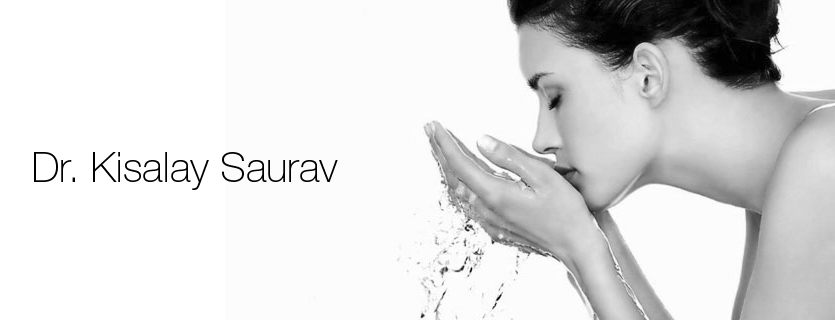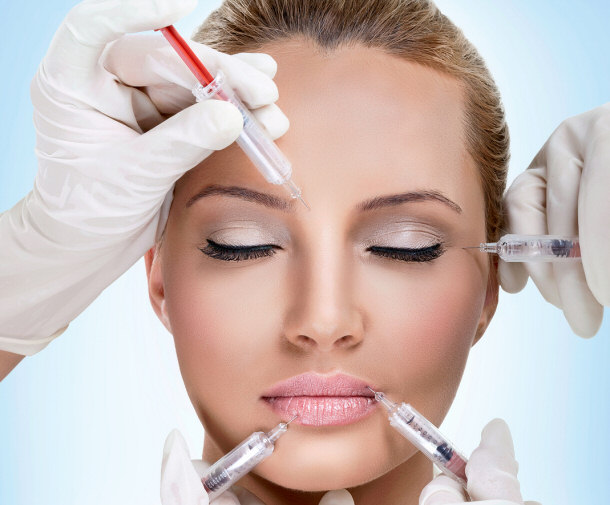One person’s poison can be another person’s nectar. BOTOX is an abbreviation for Botulinum Toxin derived from a bacteria known as clostridium botulinum. There are various types of BOTOX but only A and B subtypes are used for medical indication.
Mechanism of Action: It acts at the neuromuscular junction and inhibits the release of a neurotransmitter acetylcholine. The end result is spasticity of the muscle involved.
Indications for BOTOX:
a.For cosmetic correction of wrinkles such as crow’s feet at the corner of eyes, forehead lines and frown lines
b.For treatment of excessive sweating / hyperhidrosis in the axillary area (arm pits), palms and soles
c.For skin tightening effect, when used as mesotherapy
d.For the treatment of muscle spasm for example, blepharospasm and torticollis / rye neck
Contraindications for BOTOX procedure:
a.History of hypersensitivity
b.Presence of any neuromuscular diseases such as myastheniagravis
c.Pregnancy and lactation
d.Unrealistic expectation of results
Steps to be taken prior to the procedure:
a.Realistic expectation of results
b.Patient needs to know of the transient nature of this treatment. The effect may last for 12-18 months depending on the skin type and the area treated
c.Patient should not be on any such medication that may negate the potency of the treatment such as antimalarials
d.Exact area to be injected should be marked by asking the patient to frown or smile
Side Effects of BOTOX: The most common side effects are injection site bruising and pain.
Conclusion: Make sure to get BOTOX done by a trained professional. If not done properly, it can lead to drooping eyelids, arched eyebrows / spock’s eyes or drooping lips.


No comments:
Post a Comment